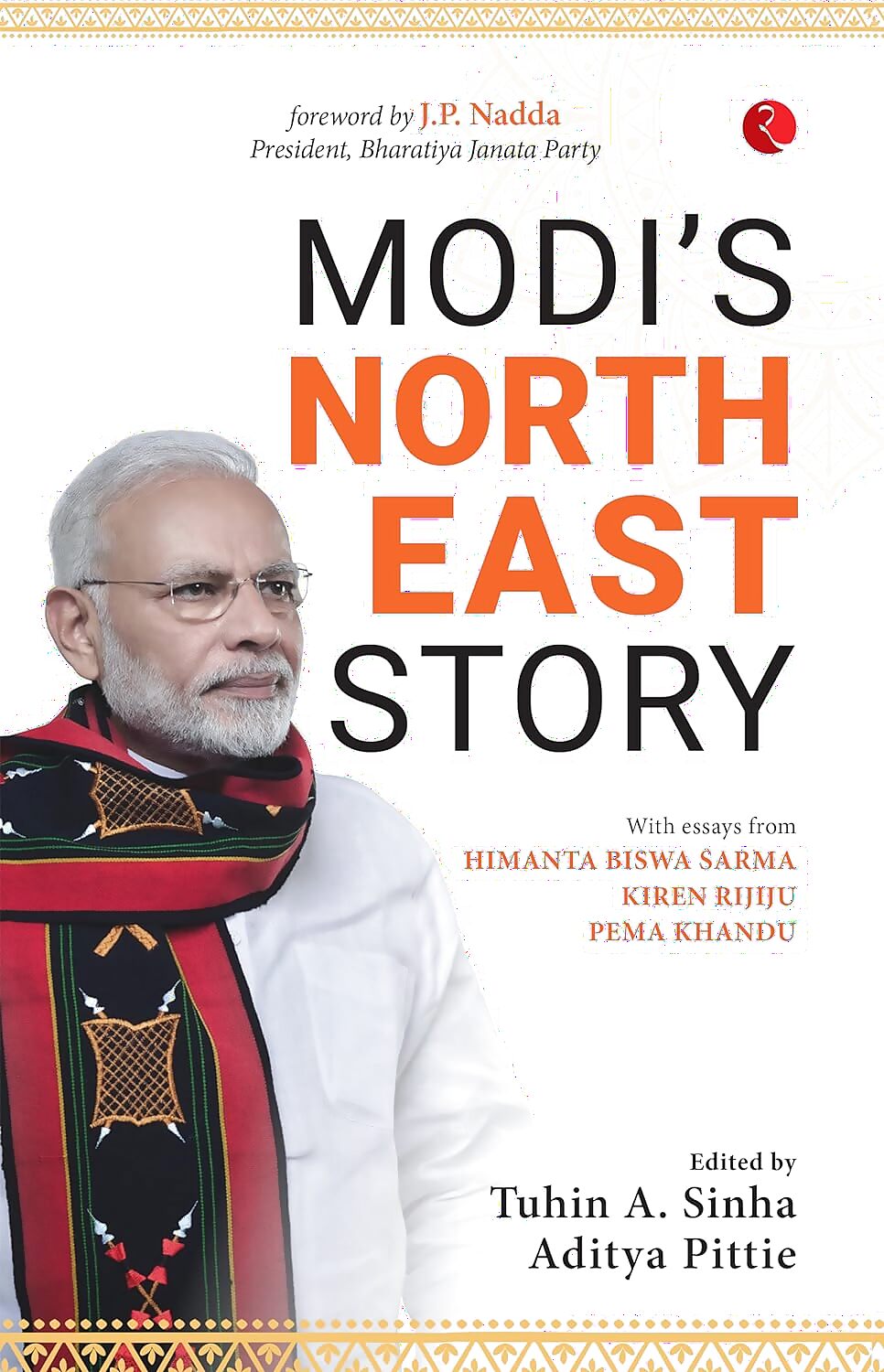
views
The Northeast has long been an enigmatic frontier shrouded in misconceptions in the minds of purveyed ‘mainland’ Indians like this writer. We had turned a blind eye to the region’s immense strategic significance as the gateway to East Asia. Its unrivalled natural wonders and vibrant salad bowl of cultures rarely find a place in our films, books and art. Our mind’s eye envisions conflict, alienation and perpetual playing catch-up with the rest of India in terms of development. This ignorance has been the gravest injustice of the Indian state against its own brethren from the frontier lands. Some attribute this step-behaviour to the tyranny of distance, others to the misguided and untoward policies of the previous regimes. Mostly, it was Congress-led governments when it wasn’t a Congress-backed one.
Brilliantly compiled and edited essays by Tuhin Sinha and Aditya Pittie, ‘Modi’s North East Story’ shakes one out of this willful slumber. Through the eyes of the very policymakers and citizens catalysing this epochal transformation, the authors have brought to life the political stability, social empowerment and infrastructural overhauls taking shape in our distant seven sisters.

One gets taken aback given the fact that under Modi’s proactive leadership, violence and unrest have seen an unprecedented plunge with a whopping 60-80 per cent reduction in fatalities in the last decade. AFSPA has been progressively repealed across districts, ushering in grassroots peace for the first time in 30 years. The authors credibly argue how emotional integration and respect for ethnic pluralism form the bedrock of this social transformation. This stands in stark contrast to previous regimes’ apathy stemming from geographic, linguistic and cultural distancing.
Unlike previous political commentaries, the book derives its power by allowing policymakers implementing the Northeast transformation to pen key chapters. Their insider perspectives help trace Modi’s vision back to its genesis—recognising the strategic negligence of previous regimes, investing in emotional integration, and placing the frontier at the heart of the Act East policy pivot.
Powerful insights are offered through Assam Chief Minister Himanta Biswa Sarma’s chapter on overcoming the scourge of drugs and Nagaland MP Phangnon Konyak’s chapter voicing local women’s development aspirations. The transformative impact of infrastructure projects like Bogibeel Bridge (assuring defence mobilisation) and Donyi Polo Airport (putting Arunachal on India’s aviation map) also come alive. As someone unaware of such ground realities, they helped me grasp the fruits of historically high capital investments channelled into powering the frontier growth story.
Another standout section is Union Minister Kiren Rijiju’s documentation of the Vibrant Village Programme – envisioned to make neglected border villages thriving economic hubs through small-scale industry and tourism. Schemes like this, which channel young entrepreneurial energies, hold the key to unlocking grassroots prosperity.
Meanwhile, infrastructure spending has increased exponentially, from Rs 50,000 crore in the decade preceding 2014 to Rs 3.45 lakh crore by 2022 under the Modi government. The progress is visible through the 15 functional airports, railway links with each sister state for the first time, highways threading far-flung states, and over 3,000 km of new road networks built under the Special Accelerated Road Development Programme (SARDP). What makes these remarkable is not just the unprecedented execution pace but also how PM Modi has tailor-made interventions after understanding the ground challenges faced by each state. His repeated personal visits and push to include NE leaders in the Union government are giving the entire region its rightful political representation.
While the prose could benefit from more flourishing in parts, the substantiated facts and figures speak louder than poetic embellishments. The sheer data on the exponential 1500 per cent rise in tourists visiting the region left me buoyant about the Northeast’s tourism potential. Cold statistics aside, the palpable optimism and future orientation that shine through every state leader’s account were downright infectious for the reader.
As a direct outcome, the Northeast is experiencing the first sparks of a digital revolution and entrepreneurship takeoff akin to Indian metros. I was filled with optimism about learning how schemes like Startup Northeast are uplifting indigenous businesses. The Act Easy policy pivot to integrate the frontier with booming ASEAN economies harbours immense future promise. When one contrasts the stagnation under previous regimes with the new spring of hope under PM Modi’s visionary leadership, the verdict is unambiguous.
Just as for India’s rise on the global stage, rejuvenating the Northeast is indispensable.
The writer believes that every Indian youth should imbibe these stories published by Rupa and edited by these erudite scholars as inspiration to transform national attitudes. We must make it a priority to spotlight the frontier’s rich history, cultural treasures and development leapfrog. Building grassroots bonds between our youth and those from the seven sisters will lead to an emotional ‘mainstreaming’.
As national and regional leaders have stressed in this illuminating book, destiny has endowed upon the youth an obligation to carry forward the baton in India’s Act East marathon. Let this call of the rising sun from our awakened frontier ignite the passions and consciousness of young Indians to reorient policy discourse for the 21st century.
Yuvraj Pokharna is an independent journalist and columnist. He tweets with @iyuvrajpokharna. Here’s the link to Yuvraj’s official WhatsApp channel: https://whatsapp.com/channel/0029VaBKt038vd1QvwLPp515. Views expressed in the above piece are personal and solely that of the author. They do not necessarily reflect News18’s views.

















Comments
0 comment